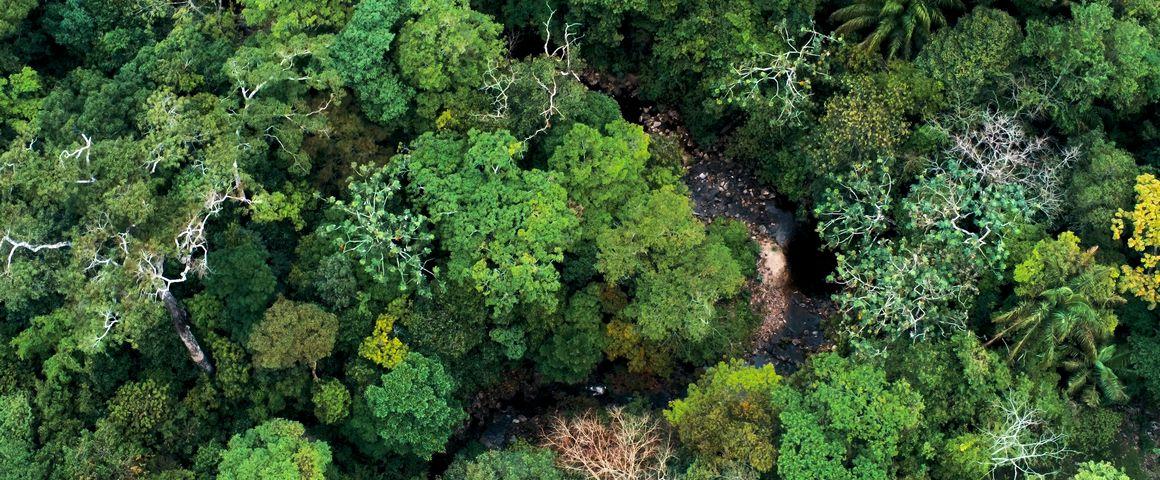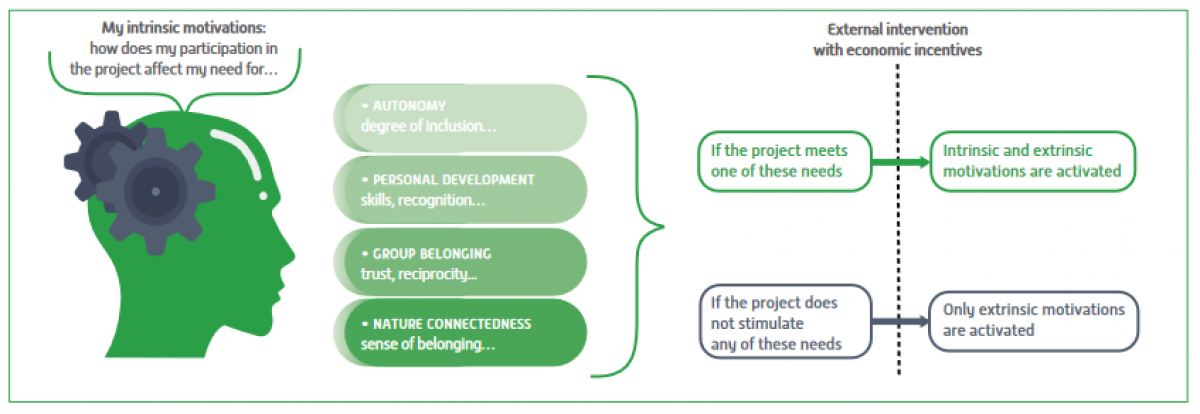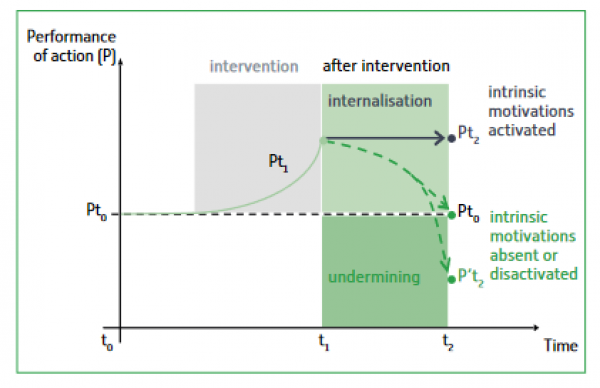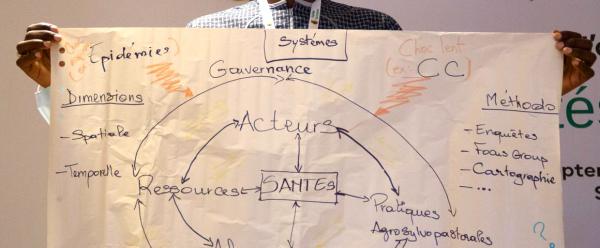Just out 7 January 2026
- Home
- CIRAD news
- News
- Environmental projects and motivations of beneficiaries
Activating the intrinsic motivations of beneficiaries for longer lasting impact

Aerial view of the tropical forest in the Amboro National Park, Bolivia © simanlaci, Adobe Stock
"Taking the time to consider and mobilize the so-called intrinsic motivations of people concerned by nature conservation projects is a sure way of changing behaviour long term", says Driss Ezzine de Blas, a socioeconomist at CIRAD.
By studying the financial mechanisms of biodiversity conservation, the researcher observed in the course of his work that payments for environmental services are generally less effective when they make use of financial tools alone. He combined social psychology and behavioural economics, to look into the issue. The latest issue of Perspective gives a glimpse into this novel work and a few methodological options.
Intrinsic vs extrinsic motivations
An intrinsic motivation is a motivation specific to each individual person. It drives people to act because the activity interests them or gives them pleasure.
The four main intrinsic motivations at work in an integrated conservation and development project © CIRAD
By contrast, an "extrinsic motivation" drives a person to act under the effect of an external factor: this may be an economic incentive (remuneration, tax measure, etc.) or a constraint (legal obligation, punishment, fine, etc.).
Both types of motivation are drivers of action. However,whereas intrinsic motivation triggers lasting behavioural changes, the effect of extrinsic motivation disappearsonce the factor stimulating it is removed.
Rethinking projects in line with participants' motivations
Mobilizing the intrinsic motivations of beneficiaries of a development project or incentive policy is as effective as economic levers and probably has a more long-lasting impact, as shown in particular by a recent publication on a forest conservation project in Bolivia, combining monetary compensation and social and environmental motivations.
"If a conservation project only mobilizes so-called extrinsic motivations, such as the fear of punishment or an economic benefit, once the intervention is completed, the likely scenario is a return to the initial behaviour", the researcher explains.
Performance of the action of a beneficiary within a project: the interplay of motivations over time © CIRAD
Mapping motivations
Mobilizing the intrinsic motivations of the beneficiaries of a project implies identifying them beforehand and determining their distribution according to participants’ characteristics. This information, compiled in a “motivation map”, is obtained by means of surveys of the actors concerned. "In practical terms, motivations can be mapped by adding 10 to 15 questions to the conventional population surveys systematically conducted at the start of a project", Driss Ezzine de Blas stresses.
Psychological factors are as powerful as economic incentives
Considering intrinsic motivations means recognising that the psychological dimension is just as important as other already known factors, such as economic motivations (household income).
Decision-makers, development and research donors and project leaders can pursue this objective when planning the content of their interventions – conservation and development projects and policies, field surveys, monitoring-assessment and learning methods, and background scientific research.
While moral motivations are linked to judgements of what is good or bad, the intrinsic motivations of individuals are linked to their sense of belonging, in other words to their desire to participate in a group, to improve a society, or to be socially recognised by others, beyond moral considerations. Selflessness implies altruistic behaviour, in other words acting for the good of others even at one’s own expense.
With regard to merit or to economic reward through a salary, for example, we must ask the following question: would we do a different job to the one we currently do for the same salary? If the answer is yes, there is no intrinsic motivation that explains our current choice. If the answer is no, a combination of intrinsic motivations (pleasure) and extrinsic motivations (the salary) explain our choice.





























